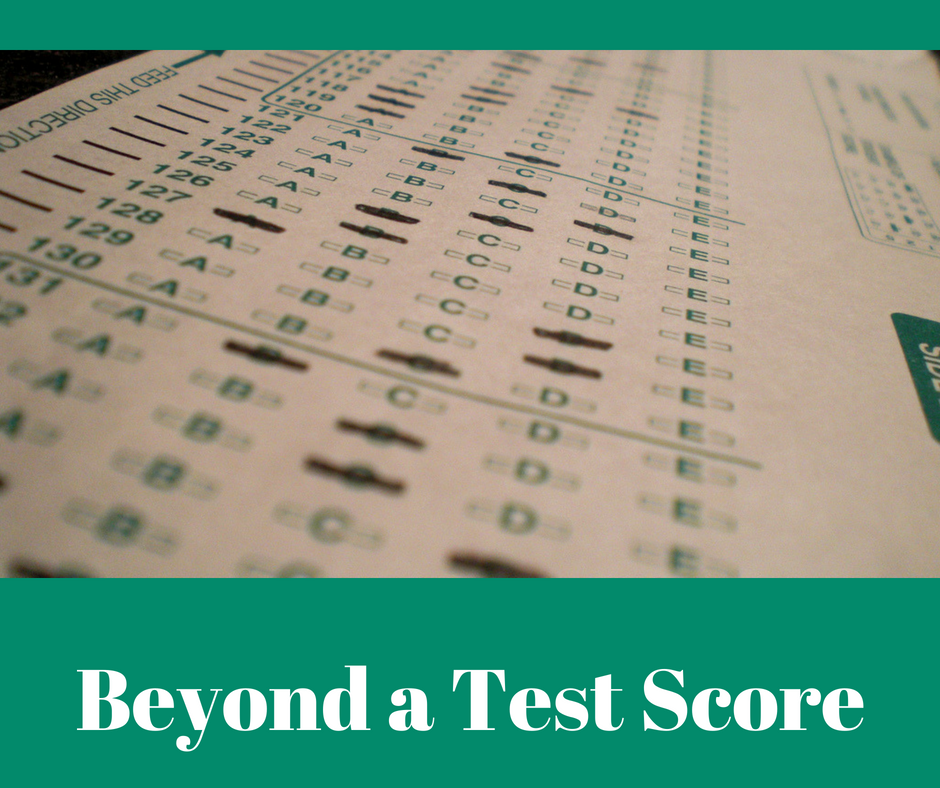Vanderbilt University Professor theorist Richard Milner espouses a framework whereby researchers eschew the construct of achievement gaps and expand analyses to opportunity gaps. Milner’s framework includes five interrelated tenants to understand opportunity: color blindness, cultural conflicts, meritocracy, deficit mindsets and low expectations, and context-neutral mindsets and practices (2012). After detailing each of these components, Milner recommends that new researchers, seasoned researchers, and practitioners use his framework to focus less on the failings of students, particularly those who come from lower socioeconomic homes and from diverse backgrounds and more on the “processes, structures, and systems” that built these gaps (2012).
Some of these challenges are beyond the scope of schools and teachers’ purview. Thus, focusing on assets that students bring to school rather than what might be “absent” might allow us in the educational community and greater society to understand how to overcome these opportunity gaps and improve the lives and education of all students.
Critical Race Theory
Milner’s stance on Critical Race theory determines the lens through which he views his own research and the building of his framework. Citing Gloria Ladson-Billings numerous times as well as Freire, Dyson, Delpit, Tillman, and other notable critical and CRT scholars, Milner takes issues with five harmful tenants of an overly narrow focus on achievement. Milner conceived of his framework building it off Apple’s critical theory framework questioning knowledge. Milner took this concept further to question “achievement” and to push back against student subgroup comparisons without nuance, that frame “white” as the norm, that compare from a deficit perspective, and that focus on groups and individuals versus structure and systems.
Color Blindness and Cultural Conflicts
Color blindness denotes a rendering invisible of differences or race, thus students who create their identities based upon their race or ethnicity will learn about the worth of their cultures by their absences in the curriculum. Milner reveals that cultural conflicts are equally harmful. When students believe that their cultures hold no value in the eyes of their instructors and the curriculum reflects only that of the greater White community reflected as the norm, students feel a sense of other, or an inferiority. Thus, students might disengage, believing they have no place in the classroom community.
The Culture of Power
To overcome this narrow focus, students should be taught the “culture of power” according to Delpit, 1995, cited in Milner (2012). The Myth of Meritocracy is strong in American Schools. When teachers buy into the idea that, SES aside, all students have the same ability to succeed, discounting pervasive racism of the last 400 years, then the idea of meritocracy is perpetuated. Instead, teachers and schools should understand that there are some forces beyond the control of students and work with them to understand their home cultures. A third harmful precept is a “blaming the victim” mentality, which sometimes leads to lowered expectations and a deficit mindset.
The Harmful Cycle of Lowered Expectations
This harmful cycle begins with teachers not believing their students can learn and then setting the bar low with disengaging work. The student recognizes the lack of effort and adjusts his or her behavior and effort to this low bar. The teacher then believes that students cannot complete more difficult work and the students, in some cases, begin to act out which validates the teacher’s initial perceptions. The next tenant, context-neutral mindset goes hand-in-hand with lower expectations. Without providing real-world connections to work, students question the relevancy of the work and act out or stop coming to school or completing the work.
Milner provides a literature study giving background on the five tenants of his theoretical framework. He cites numerous theorist’s work and asks rhetorical questions. By providing the current achievement gaps norm for comparison, Milner provides the counterargument as a comparison to how the achievement gap came to be perpetuated.
A Call to Action
Milner makes a clear case for his argument by applying critical theory to addresses poverty as the main cause of opportunity gaps. He uses his framework as a call to action. Given that the study was published in 2012, his article rings truer today, as the myth of the achievement gap is omnipresent with standardized testing and there are fewer resources available for struggling students.
Milner does not just leave readers with his thoughts and ideas; he provides recommendations, rationales, and detailed notes. He leaves the reader thinking that there are areas that could be improved, for example, teachers can control whether they are colorblind or not and understand the insidious intent behind meritocracy. He intends for researchers and teachers to build upon his framework.
In the Darling-Hammond book, The Flat World and Education (2010), we have been reading and discussing in class about the achievement gap. The text provides copious examples of how far behind poor students and students of color are in achievement compared to other students in the US and abroad. Darling-Hammond builds upon many researchers’ data to show that American students lack fair, equal, and equitable education. Milner’s framework supports Darling-Hammond’s assertions.
References
Darling-Hammond, L. (2010). The flat world and education: How America’s commitment to equity will determine our future. New York: Teachers College Press.
Milner, H. R. (2012). Beyond a Test Score: Explaining Opportunity Gaps in Educational Practice. Journal of Black Studies, 43(6), 693-718. Retrieved June 20, 2015, from http://www.jstor.org/stable/10.2307/23414665?ref=no-x-route:42a6ac727bc0fc1a4cb3c9544f1a4d5a
http://jbs.sagepub.com/content/43/6/693.abstract
